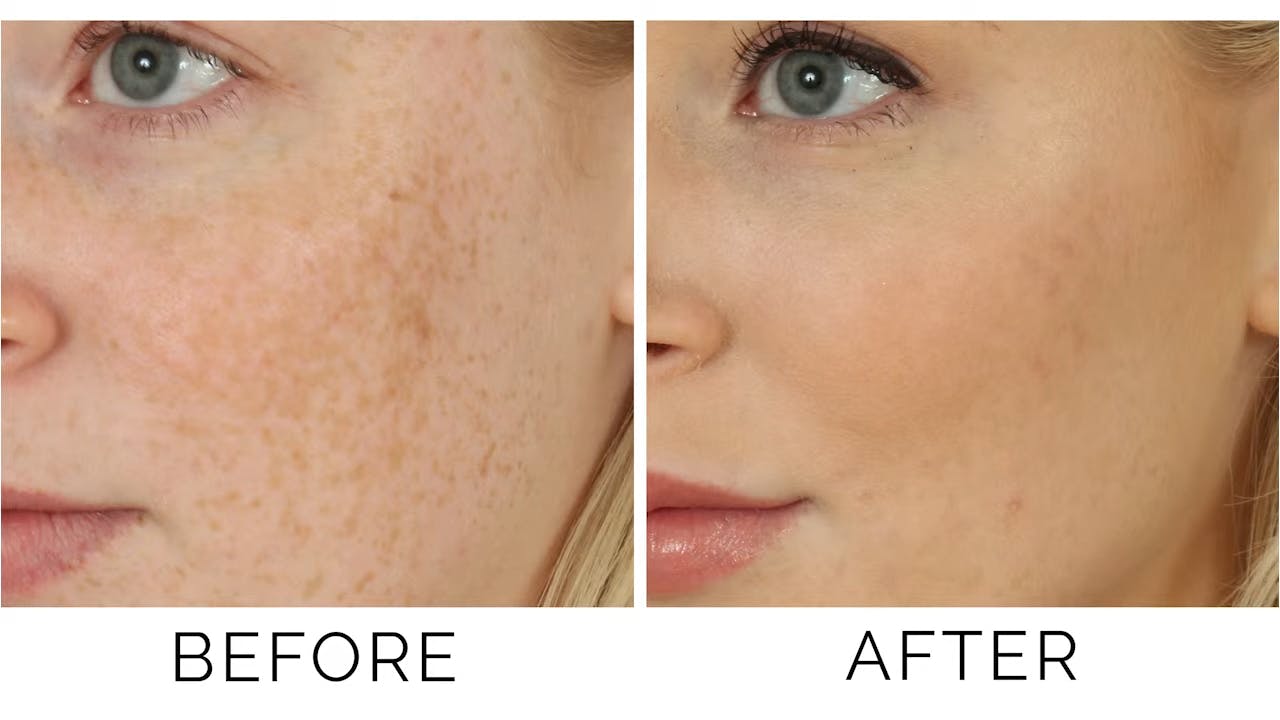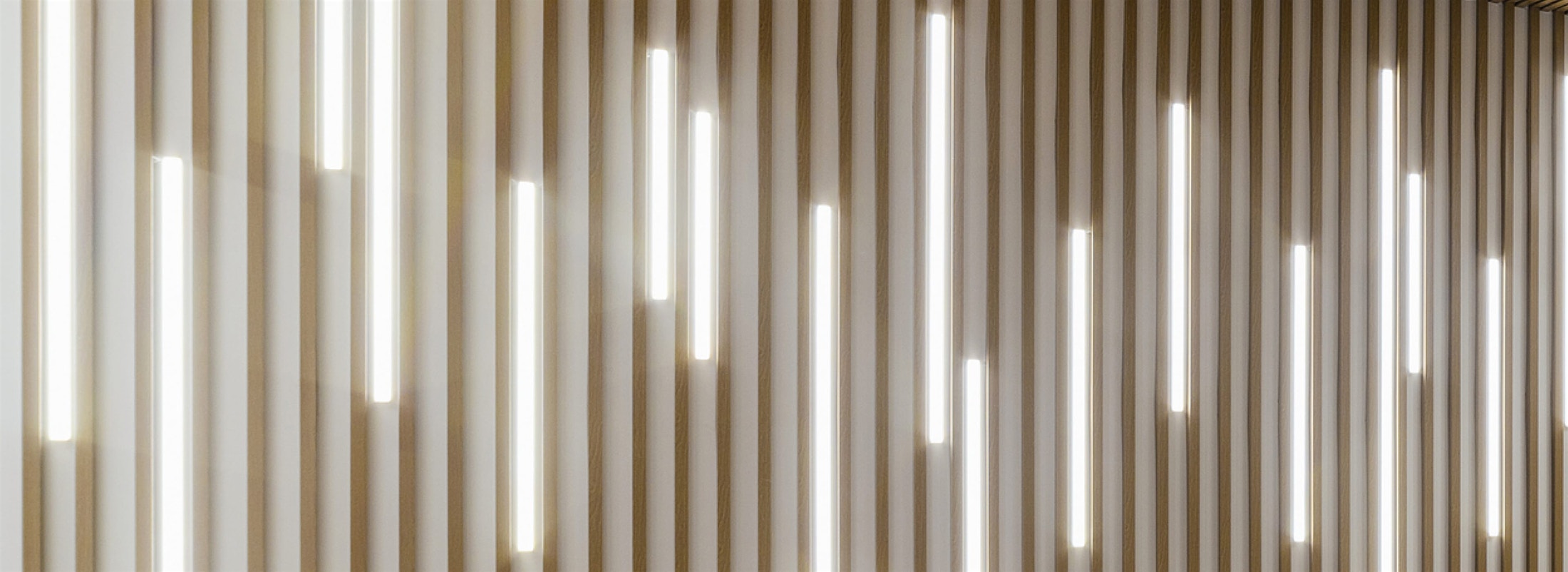Hyperpigmentation and Brownspots skin are a common concern for patients and can represent a variety of skin conditions.
Brownspots Skin And Hyperpigmentation Conditions
Melasma
Melasma is the formation of patches, often hormonal, and often in women. It is the apperance of dark brown patches seen along the midportions of the face (cheeks, forehead, nose) although it can be seen along the temples as well. Often the best treatment options are a combination of modalities including the use of retinols, skin lightners and antioxidants.
Treatment Options for Melasma
- It is critical sun is avoided. Sun can exacerbate and cause reformation of melasma
- Topical treatments can be effective in some patients. Topical treatments include the use of hydroquinone often in combination with a retinol. The hydroquinone promotes skin lightening and takes 6 weeks to be effective, while the retinol can encourage skin turnover. Newer skin lighteners are also available with less side effects. Antioxidants can be helpful in this process as well.
- Chemical peels. Chemical peels can be beneficial in specifically targeting browns in the skin. The Melanage peel system is effective and can be tolerated by a variety of skin types.
- Intense pulsed light: Newer intense pulsed light modalities such as Lumeca can be helpful in specifically targeting brown areas in fewer treatments
- Laser: Both ablative and nonablative treatments can be effective. Resistant browns often respond to q-switched Nd:YAG as well as in some cases q-switched KTP. In some cases, Nd:YAG can be helpful. Ablative technologies including erbium can be helpful in improving browns as well. Sometimes lighter type fractionated C02 treatments can be of assistance.
PICO lasers are often becoming the gold standard in treating resistant melasma. While traditional lasers used in melasma is controversial, pico lasers allow for much safer treatment due to to utilizing a pico second (1 trillionth of a second pulse) vs a nano second (1 billionth of a second). Faster pulse times prevent heat from building up which can irritate melanocytes.
Overall, melasma is a challenge to patients and providers alike. Conservative treatments are the mainstay. However, when conservative treatments are ineffective, patients can progress with other treatments especially in cases where melasma is highly visible.
Lentigines
Lentigines are a variety of areas which are also known as age spots. They are typically flat and brown. As we age brown spots increase, and sun exposure is thought to be a main culprit. Brown spots can be particularly concerning when seen on the face and hands. Lentigines are not all the same. Some lentigines respond well to IPL, while others need deeper penetration. Newer IPL’s such as Lumeca offer improvement in targeting browns while other lasers such as nd:YAG and q-switched nd:YAG and even q-switched KTp or q-switched ruby may be of help. Ablative treatments including erbium and fractionated C02 can be of help in combination or as standalones to treat lentigines.









